Spam vs. Phishing: Know the Difference to Avoid a Cyberattack
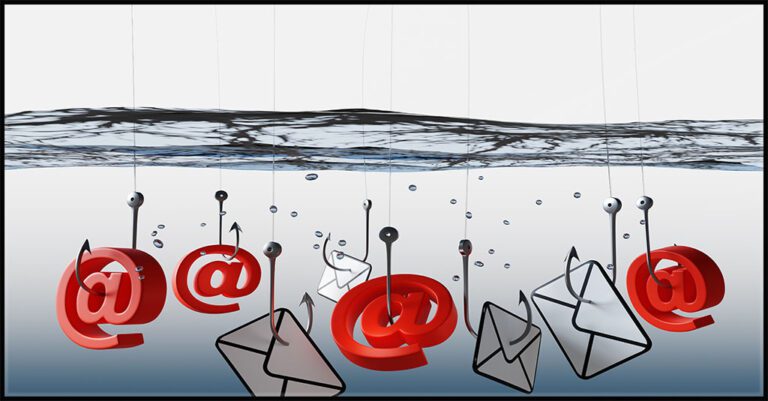
If there’s one thing most people hate, it’s spam. The unsolicited bombardment of emails that distract and annoy us are the worst byproducts of modern communication.
Another thing people hate is having their personal or organizational data compromised, which usually occurs after a phishing attack. Phishing has become the most popular type of cybercrime because of how effective it is in successfully attacking individuals and organizations worldwide. In fact, 9 in 10 cyberattacks start with phishing.
Through a range of constantly evolving deceptive tactics that exploit human psychology and technological vulnerabilities, bad actors attempt millions of attacks every week, hoping to take advantage of security gaps or unsuspecting individuals.
The question is, how do spam and phishing relate to one another in today’s ever-evolving threat landscape? Although both terms are often used interchangeably — which isn’t technically accurate — they represent distinct yet interconnected cyberthreats.
While spam floods inboxes with unwanted messages, also called junk mail, phishing cunningly obtains sensitive information. They both approach their targets via digital channels but differ in methods and motives. It’s their nuances that truly set them apart.
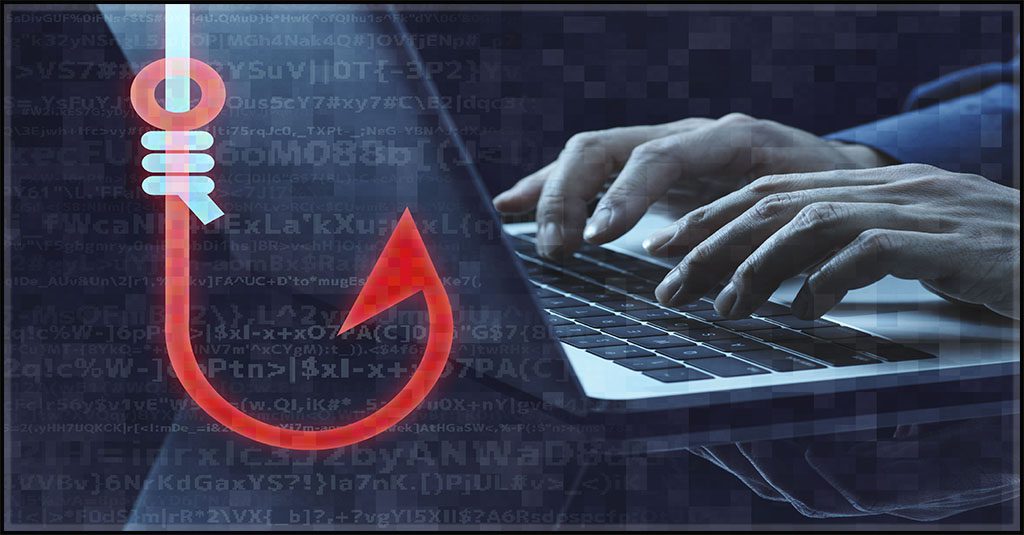
Learn how to spot today’s most dangerous cyberattack & get defensive tips in Phishing 101 GET EBOOK>>
What is the difference between spam and phishing?
In a nutshell, the main difference between spam and phishing is the motive. The former seeks to pack inboxes with marketing content while the latter is devised solely to carry out cybercriminal activity.
Unlike spam, phishing exploits human psychology in an attempt to launch a cyberattack. It poses a significant security threat, potentially leading to identity theft, business disruptions, financial loss and a slew of legal ramifications.
What is spam?
Spam emails are not the most preferred form of marketing, but they help spread the word to as many people as possible. That’s why businesses today continue to send out emails in bulk, hoping to expand their reach through this method. Some even leverage botnets — a massive network of interconnected computers and devices — to maximize the volume of outbound emails. However, this can be risky for recipients because, more often than not, systems in such networks are infected.
Here’s a comprehensive list of aspects that will help you understand everything you need to know about spam.
Who do spam emails target? Spam emails target a massive audience. Businesses use spam intending to maximize their reach and sell more products. Such communications are shared across large email lists that have been compiled from various sources, like scraped websites, purchased email databases or contact information that’s publicly available. Spam emails are expected to exploit as many people as possible indiscriminately — all in the hopes of getting a few clicks.
What tone do spam emails use? Spam emails adopt an extremely promotional tone, looking to sell something. You can expect very persuasive language, a lot of enthusiasm about what is being marketed and excessive exclamation marks. The tone aims to entice recipients into taking action, whether it’s clicking on links, making purchases or providing personal information.
What indicators help identify spam? There are many ways to discern spam emails from genuine ones. Unfamiliar sender addresses, generic greetings, grammatical errors, overt marketing language and too-good-to-be-true offers are all dead giveaways of spam.
The simplest indicator is the lack of personalization and context of the email’s content. If you feel what it’s saying is irrelevant to you, it’s most definitely spam.
What content do spam emails include? Spam emails typically consist of service and job opportunities or exclusive offers for dubious products. They may also prompt you to respond to surveys or sign up for online sweepstakes or programs that promise quick payouts.
You can expect spam from businesses in the areas of pharmaceuticals, online gambling, adult content and work-from-home jobs.
What actions do spam emails expect you to take? The rule of thumb is to never interact with links, attachments and requests for personally identifiable information (PII) prompted by an email sent from an address you do not recognize. But that’s what spam emails expect you to do. It doesn’t help to reply to the emails either. Do not act on such emails; mark them as spam to let your email service provider know your preferences and filter out similar emails in the future.
Now that you know what spam is and what businesses and bad actors hope to achieve with it, let’s focus on understanding phishing.
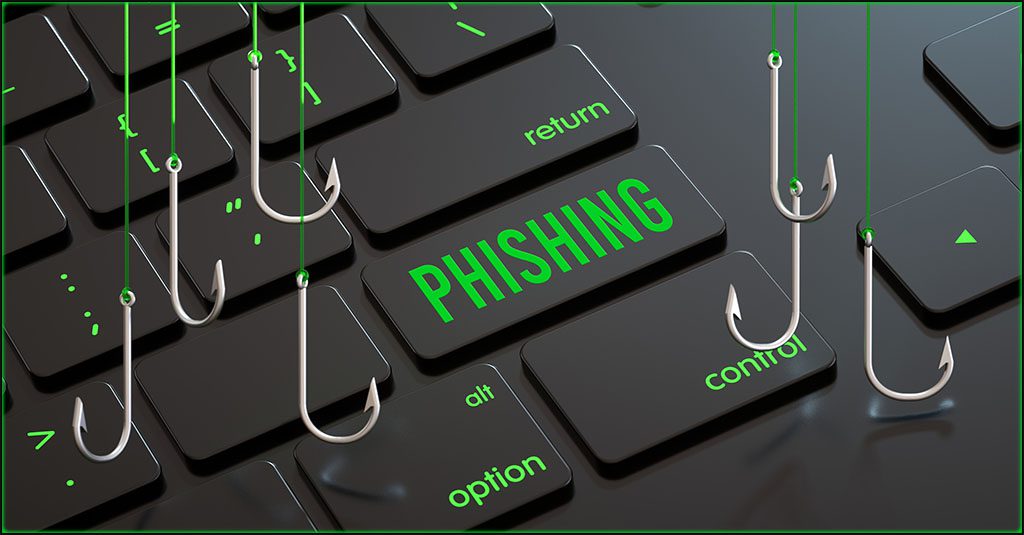
Can you spot a phishing message? This infographic points out red flags to watch for to sniff them out! DOWNLOAD IT>>
What is phishing?
Phishing emails are specially crafted to achieve a bad actor’s malicious agenda. Phishing has a high success rate and low upfront costs, and a malicious message can be sent to thousands of unsuspecting, susceptible targets over a short period. They involve attempts to deceive recipients into divulging sensitive data, such as passwords, financial data or PII.
Who do phishing emails target? Cybercriminals use phishing emails to identify and target individuals who can be tricked into sharing sensitive data or becoming unintentional insiders. A target could be anyone with an online account, financial information or access to a company’s IT environment. Bad actors often target employees within organizations to gain network access and launch large-scale cyberattacks.
What tone do phishing emails use? People tend to make mistakes when in a hurry. Cybercriminals try to capitalize on this psychological shortcoming by creating a sense of urgency within their phishing emails. The content will look authentic, imitating trustworthy sources like banks, social media platforms or government agencies. However, it’s all fake. These emails are designed to create fear, anxiety or excitement, urging recipients to act fast.
What indicators help identify phishing? Somewhat similar to spam in this regard, phishing emails also request personal or financial information, display URLs that don’t match an official website domain, have attachments with strange file formats, have spelling and grammatical errors and address recipients with unusual or generic greetings, like “Dear User.”
Again, a dead giveaway for phishing is any request that urges recipients to take immediate action.
What content do phishing emails include? Today’s phishing emails are more sophisticated than ever before, with bad actors using AI-driven technologies, like ChatGPT, to create highly convincing content with no grammatical errors.
The emails typically want you to address urgent matters, like password resets or account verifications. They may also include infected attachments that can trigger malware or ransomware downloads or links that lead to spoofed login pages asking for login credentials.
What action do phishing emails expect you to take? If you feel you’ve received a phishing email, do not do anything it suggests. Do not click on links, avoid downloading attachments, and refuse to provide personal or financial information. Always verify a link’s authenticity by hovering over it or using URL checkers.
Reporting a phishing attempt to your organization’s IT department or email service provider is ideally the next step if you confirm your suspicions. Educating yourself and your peers about the many phishing techniques used by cybercriminals and implementing other cybersecurity best practices is important.
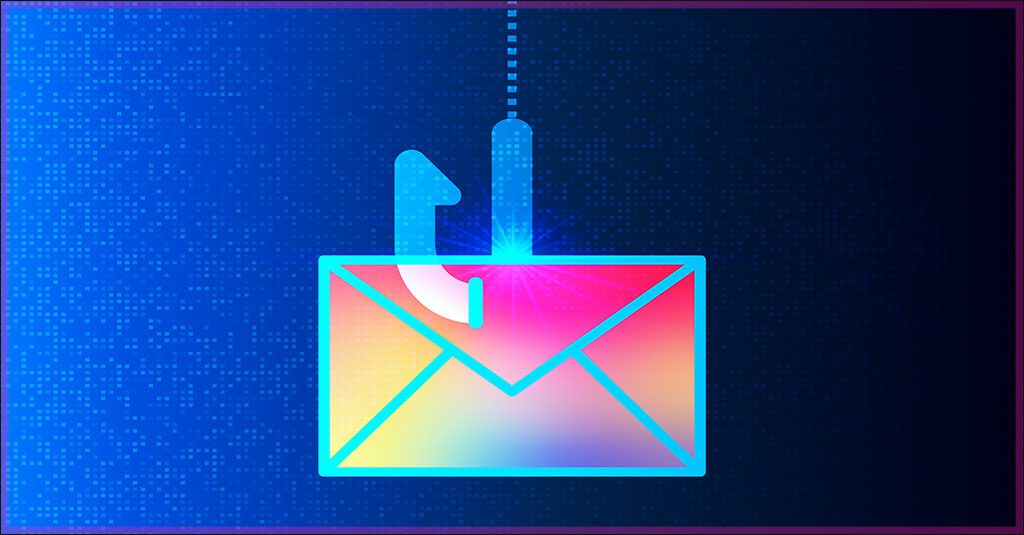
What cybercriminal tricks do employees fall for in phishing simulations? Find out in this infographic. GET IT>>
What are the similarities between spam and phishing?
By now, you’ve probably noticed a few overlaps between spam and phishing. Here’s a clear picture of the similarities they share:
- Spam and phishing emails are sent out to a large number of people in bulk — indiscriminately and simultaneously.
- They’re both inexpensive and don’t take very long to launch.
- Both these types of emails can be used to launch malware attacks or infect IT networks with viruses.
- Cybercriminals can employ spam and phishing to illegally obtain PII, employee credentials and financial information.
Spam and phishing emails are sometimes difficult to tell apart due to these similarities. However, there are a few things you can look out for to spot the difference.
How can you tell the difference between spam and phishing?
Spam and phishing are unsolicited and unwanted emails that serve different purposes. Listed below are a few differentiating characteristics of spam from phishing emails.
- Sender authenticity: The key thing to remember about spam is that it sometimes originates from legitimate senders, such as marketing agencies, newsletters, etc. Most times, however, they come from spam operators. In a phishing email, bad actors attempt to impersonate businesses you may trust with PII and financial information, like banks, government agencies or even famous brands. To differentiate spam from phishing, verify the credibility of the sender’s email address.
- Content and purpose of the email: Spam emails contain promotional content or advertisements for their recipients to buy a product or click a link that directs them to online stores. Phishing, on the other hand, is specifically designed to deceive recipients to obtain information that can help bad actors achieve their malicious goals.
- Urgent and threatening language: Spam does not use urgent or threatening language. It aims only to grab the recipient’s attention with offers or discounts. However, phishing stresses urgency. Cybercriminals tailor the language in the emails to threaten recipients with notices like account suspension or legal consequences. The idea is to force individuals to act hastily.
- Grammatical errors: This is an excellent giveaway of phishing. Spam is often more coherent and may contain minor grammatical or spelling mistakes when compared to phishing emails. In phishing, because not all cybercriminals are native English-speaking individuals, grammatical errors are more likely.
- Types of links and attachments: Spam emails may contain links to websites, leading to a business’s website or landing pages with marketing offers. Hovering over the link or running a URL check should help clear doubts before opening the link. The same cannot be said for phishing. Such emails contain malicious links that will lead recipients to spoofed login pages or websites that aim to infect their device with malware or ask for login credentials. To be on the safer side, never click links or download any attachments from emails you don’t recognize.
As a note of caution, it’s vital to remember that cybercriminals constantly evolve their methods. Protecting yourself and your organization from them is becoming increasingly challenging. You need to be vigilant every time you interact with an email and be able to know the difference between spam and phishing.

Get the scoop on 5 of the worst email-based attacks plus tips to protect businesses from them. GET INFOGRAPHIC>>
How can you defend against spam and phishing?
According to the Federal Trade Commission (FTC), email spam filters are an effective starting point to defend against spam and phishing. There are still a handful of ways you can improve your organization’s cybersecurity practices.
From an IT administrator’s perspective, you can implement the following techniques and policies:
- Spam blockers and filters: As expressed above, this is a great place to start. Employing robust email filtering systems will help your systems automatically identify suspicious emails or messages.
- Email security and anti-phishing software: IT admins must invest in and deploy the latest anti-phishing solutions to scan emails, links and attachments to detect and even quarantine any malicious content. Such tools can help identify and block phishing attempts, safeguard sensitive information and prevent cyberattacks.
- Email authentication protocols and policies: Configuring Sender Policy Framework (SPF), DomainKeys Identified Mail (DKIM) and Domain-based Message Authentication, Reporting and Conformance (DMARC) is a must. These protocols significantly improve your organization’s ability to prevent email spoofing and domain-based phishing attacks.
- Security awareness training: This may be one of the most critical elements in improving an organization’s cyber resilience. Security awareness training goes beyond just being a requirement for better compliance; it helps employees at every level be more alert and responsible about their cyber hygiene. It emphasizes accountability as well. It’s an absolute necessity to train your workforce on security.
End users, such as employees and their family members, also have a role to play in defending against spam and phishing. They need to:
- Be extremely vigilant with their digital communications.
- Always double-check the sender’s addresses.
- Avoid clicking on suspicious links and verify email requests for sensitive information.
- Report phishing attempts to their IT/email service provider immediately.
- Regularly update passwords and enable multifactor authentication.
- Delete suspicious emails.
- Make an active effort to stay updated on the latest phishing trends.
Cybersecurity is a multipronged entity that fails without the continuous collaboration of both IT professionals and individuals.

Explore how AI technology helps businesses mount a strong defense against phishing GET INFOGRAPHIC>>
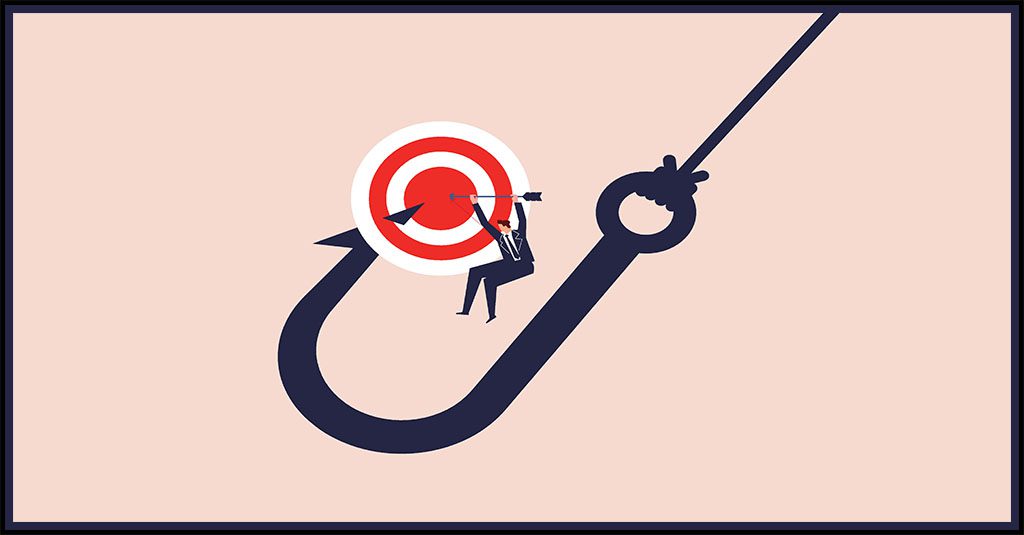

Go inside BEC scams & get tips to keep businesses safe from today’s most expensive cyberattack. DOWNLOAD EBOOK>>
Spam vs. phishing: summarized
Here’s a quick look at the main differentiators between spam and phishing:
| Spam | vs. | Phishing |
| Unsolicited, often irrelevant emails sent in bulk for commercial purposes. | Definition | Phishing emails are specially crafted to achieve a bad actor’s malicious agenda. |
| Massive audiences to maximize reach. | Target | Individuals or employees who can be tricked into sharing sensitive data or becoming unintentional insiders. |
| Extremely promotional, salesy tone, looking to sell products or services. | Tone | Very familiar tone, trying to create a sense of urgency, anxiety and even fear. |
| Unfamiliar sender addresses, generic greetings, grammatical errors and marketing language with many exclamations. | Indicators | Unfamiliar sender addresses, generic greetings, grammatical errors and requests for PII and financial information. |
| Exclusive offers for dubious products or services, job opportunities and online gambling or adult content. | Contents | Alerts for, password change requests and account verifications. Requests for personal or business information. |
| Click on the to the advertised product or service’s website and purchase it. | Call to Action | Click on links, download attachments and provide personal or financial information. |
| Spam blockers and filters, security awareness training. | Safeguards | Anti-phishing software, email security solutions, security awareness training. |



Explore how AI technology helps businesses mount a strong defense against phishing GET INFOGRAPHIC>>
Prevent phishing attacks with BullPhish ID and Graphus
When it comes to strengthening your cybersecurity defenses against phishing, you don’t have to look beyond ID Agent, a trusted provider of robust phishing security, security awareness training and phishing defense solutions.
BullPhish ID is the best way to strengthen your first line of defense — your employees — against cyberthreats. It provides companies with comprehensive security awareness and phishing resistance training programs. Choose from pre-made or customizable phishing simulation kits that are updated every month and a wide array of security training videos with quizzes. You can also automate delivery through personalized user portals that track progress and automate reporting to stakeholders.
Graphus is an AI-based anti-phishing email security solution that makes catching and quarantining phishing emails effortless. Graphus spots and stops even the most sophisticated phishing threats to keep phishing messages away from employees and warn them if an unusual message arrives in their inbox. And that’s not all! With its EmployeeShield Banner, Graphus empowers the workforce to report phishing emails effortlessly.
Find out how you can bolster cybersecurity practices today.
Schedule a demo and experience spam and phishing prevention like never before.


Our Partners typically realize ROI in 30 days or less. Contact us today to learn why 3,850 MSPs in 30+ countries choose to Partner with ID Agent!
Check out an on-demand video demo of BullPhish ID or Dark Web ID WATCH NOW>>
See Graphus in action in an on-demand video demo WATCH NOW>>
Book your demo of Dark Web ID, BullPhish ID, RocketCyber or Graphus now!